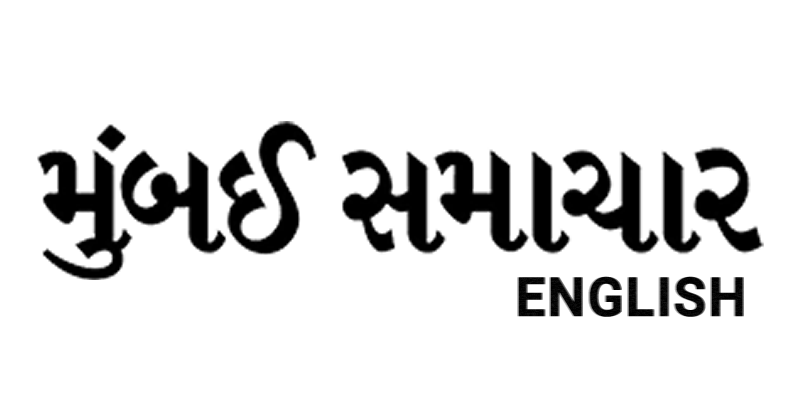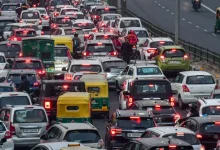Mumbai’s Hazy Dawn Signals Air Quality Alert Amid Cooling Temps

Mumbai – Residents of India’s bustling financial hub awoke to a veil of haze enveloping the skyline on Monday, underscoring a troubling uptick in air pollution levels. The city’s Air Quality Index (AQI) climbed to 176 over the past day, landing firmly in the moderate category, according to the Central Pollution Control Board (CPCB). This escalation, coupled with a modest dip in mercury readings, has heightened concerns as the transition from monsoon to winter takes hold.
The Indian Meteorological Department (IMD) attributes the persistent smog to stagnant conditions: moist air masses and sluggish winds have stifled the typical sea breeze, trapping pollutants in place. Local observations from the IMD Mumbai station paint a picture of a city bracing for variability. In Colaba, the mercury bottomed out at 23.5 degrees Celsius, while Santacruz logged a chillier 21.2 degrees Celsius, with no precipitation to speak of. Across the broader Konkan belt, temperatures hovered in the low 20s—Ratnagiri at 22.4 degrees Celsius with 75 percent humidity, and Dahanu at 21 degrees Celsius under 74 percent humidity. Inland, Pune shivered at 16.7 degrees Celsius amid 89 percent humidity, while the hill retreat of Mahabaleshwar offered scant relief at 18 degrees Celsius.
Forecasts from the IMD signal no immediate reprieve. Expect partly cloudy conditions building through the afternoon and into the evening, with highs reaching 33 degrees Celsius and lows settling around 22 degrees Celsius. A refreshing chill in the air may temper the heat, but the IMD also flags a risk of thundery developments over the coming 48 hours, potentially stirring the atmosphere.
ALSO READ : Heavy Rains Lash Southern Tamil Nadu as IMD Warns of Thunderstorms in Chennai
The AQI readings serve as a stark reminder of seasonal vulnerabilities. Mumbai’s index of 176 falls within the 100-200 moderate band, where health impacts are minimal for most but can irk those with respiratory sensitivities. For context, the scale rates 0-100 as good, 200-300 as poor, 300-400 as very poor, and anything above 400 as severe. In stark contrast, the national capital Delhi clocked in at 391—deemed very poor—as of 4 p.m. Sunday, per CPCB data.
Experts monitoring the trends caution that Mumbai’s air could thicken further as winter deepens. Since 2022, the city has grappled with deteriorating quality during this November-to-January window, a pattern driven by drier air and diminished wind flows compared to the wetter monsoon period. With reduced moisture failing to flush out emissions from traffic, industry, and construction, the haze is poised to linger unless winds pick up.
As Mumbai navigates this foggy interlude, the IMD urges vigilance for sudden showers that might clear the decks. For now, the blend of cooler evenings and obscured horizons serves as a call to action for cleaner urban breaths ahead.




